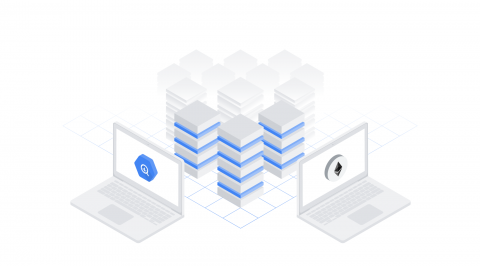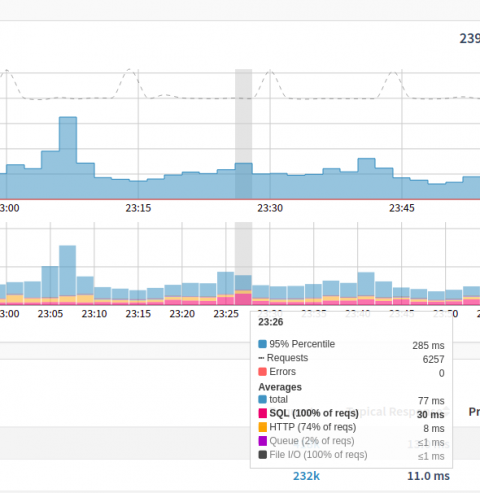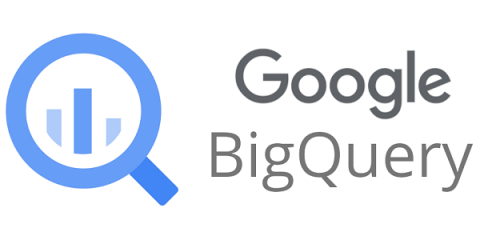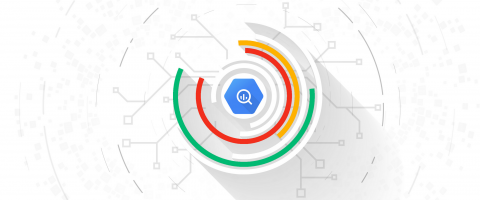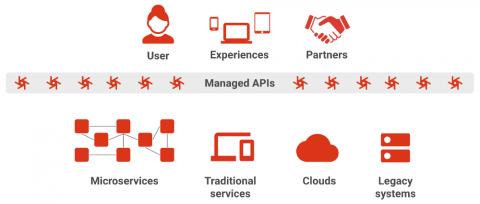Tideways No. 5
A few weeks into year five of the Tideways project we are happy to announce the release of Tideways version 5, including large updates to all parts of the stack from PHP extension, daemon and the user-interface. Ladies and gentlemen, this is Tideways no. 5!



